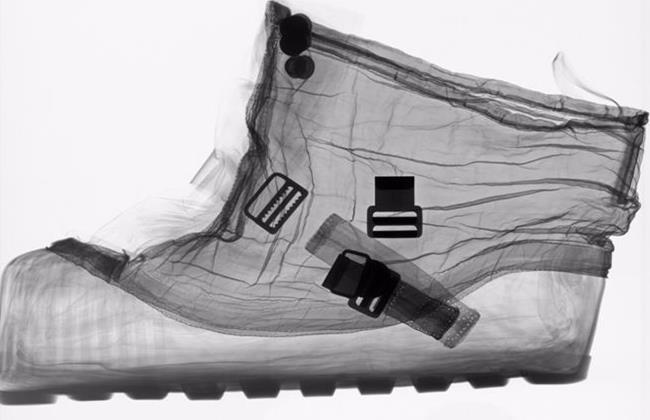
Kunio Kobayashi. A cross between horticulture and art, bonsai trees may be tiny, but they have an immense impact on the masters who care for them.

Average bonsai rarely exceed 4 feet tall, with most falling between 1 inch (known as “poppy-seed size bonsai”) and 80 inches (called “Imperial” bonsai) Credit: Jeff J Mitchell/Getty Images Europe/Getty Images
Originating from the ancient art of “penjing” in China, bonsai was first introduced to Japan in the 6th century by a group of Japanese Zen Buddhism students returning from their overseas travels. They dubbed it “bonsai”, which literally means “planted in a container”, and at its most elementary level the art is simply growing a wild tree inside a small vessel.
Maintenance and care
Kobayashi, who has spent nearly three decades dedicated to bonsai, says paying careful attention has helped him keep an estimated 1,000-year-old juniper tree, which he bought at auction, alive and thriving.

kunio kobayashi
Shunkaen Bonsai Museum in Tokyo, Japan. “It takes six to 10 years of apprenticeship to learn those basics by repeating them over and over.”
US National Arboretum in Washington DC, bonsai museum curator Jack Sustic looks after a 400-year-old Yamaki white pine that survived the Hiroshima nuclear bombing.
“It’s a very humble art,” Sustic says. “When you work on bonsai, we’re working on their schedule, not ours. I have to make my schedule based on the time of the year, and when it’s best to do certain tasks on certain trees.”
“Often people say bonsai are like children, and they really are,” he continues. “You care for them, you’re concerned for them, you worry about them. If they look healthy and beautiful you are proud and want to show them off.”
Below, Kobayashi and Sustic discuss how they care for some of the world’s longest living bonsai.
A natural touch
“I want to express the tree’s inner beauty. So I am watching the way that the trunk and branches move,” says Kobayashi. “The goal is to make the tree look natural, as if a human never touched it. The silhouette should resemble a wild tree, with proper proportions.”

kunio kobayashi
Bonsai should be kept outdoors
“I think the biggest mistake that people make when they get a bonsai is they bring it inside,” says Sustic. “Indoor bonsai trees exist, but the majority of species have to live outside. They can come inside for three or five days, but need to spend the vast majority of their life outside. If not, they will slowly die.”

kunio kobayashi
Prune to perfection
“When you begin, a bonsai often kind of looks like a Charlie Brown Christmas tree — but it’s like the ugly duckling that becomes a beautiful swan,” says Sustic.
“You can create a bonsai pretty quickly if you have the right tools. The best tools to have are concave pruners. If you remove a branch, these pruners will create a concave cut in the trunk. It heals over flush, so you will never know there was a branch there.
“Whereas, if you were to cut with normal pruners, it would create a bump, called a callous” Sustic warns. “It’s like when you wound your body and it creates a scab.”

kunio kobayashi
Down to the wire
“Wire for the bonsai artist is like a paintbrush for other artists,” says Sustic. “We use wire to position the branch where we want the branches to grow. Depending on the species, the wire stays on for a month or over a year. The important thing is that we monitor the trees. We don’t want the branches to start growing and become scarred by the wire.”

Dan Kitwood/Getty Images Europe/Getty Images
New roots
“To keep the tree alive, we have to re-pot the trees every two years, depending on the species,” says Sustic. “When we do that, we cut off a certain percentage of the roots. What that does, is it causes the tree to generate new roots. That keeps it happy, healthy and vigorous. So it’s always growing.”












